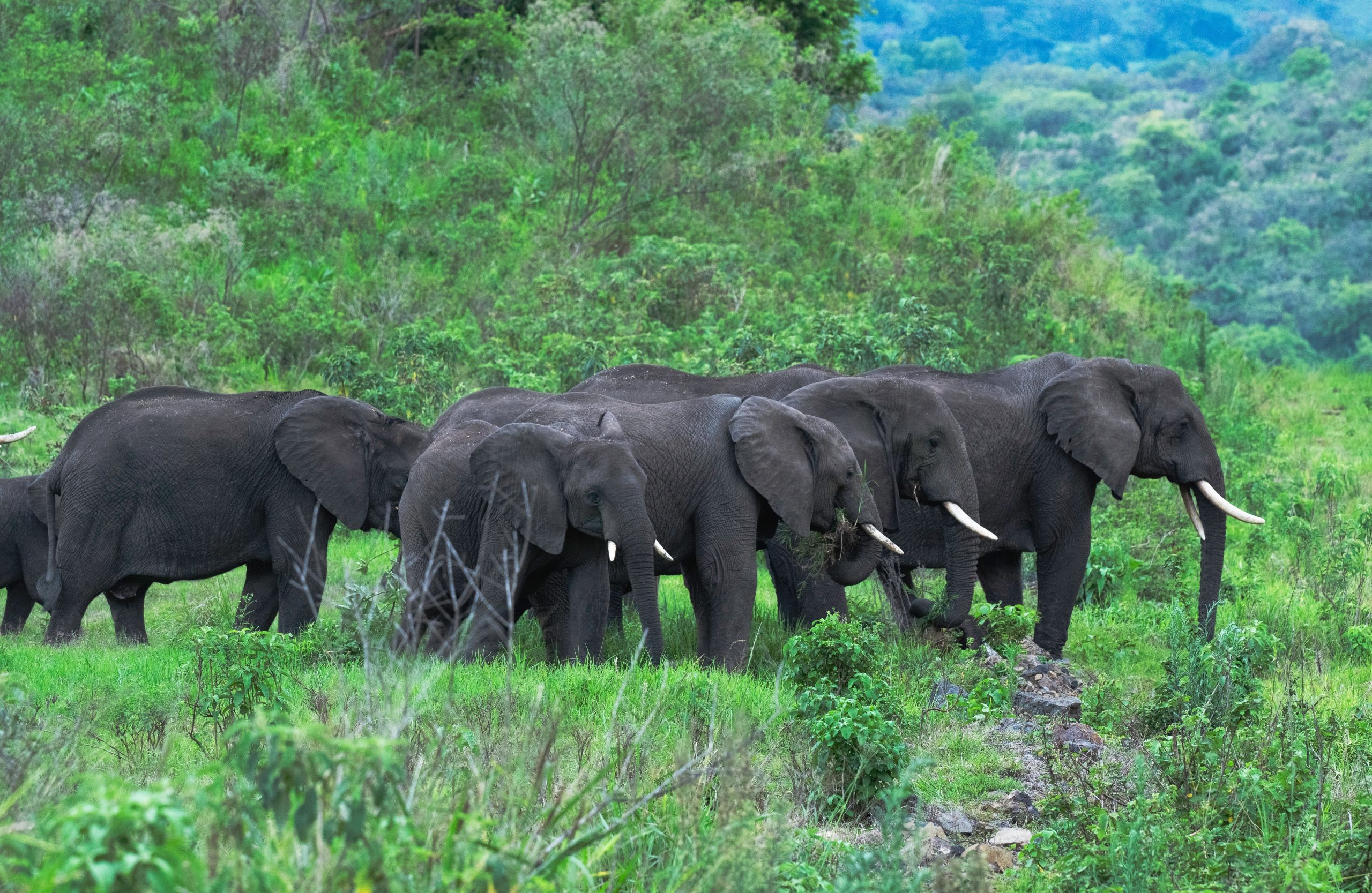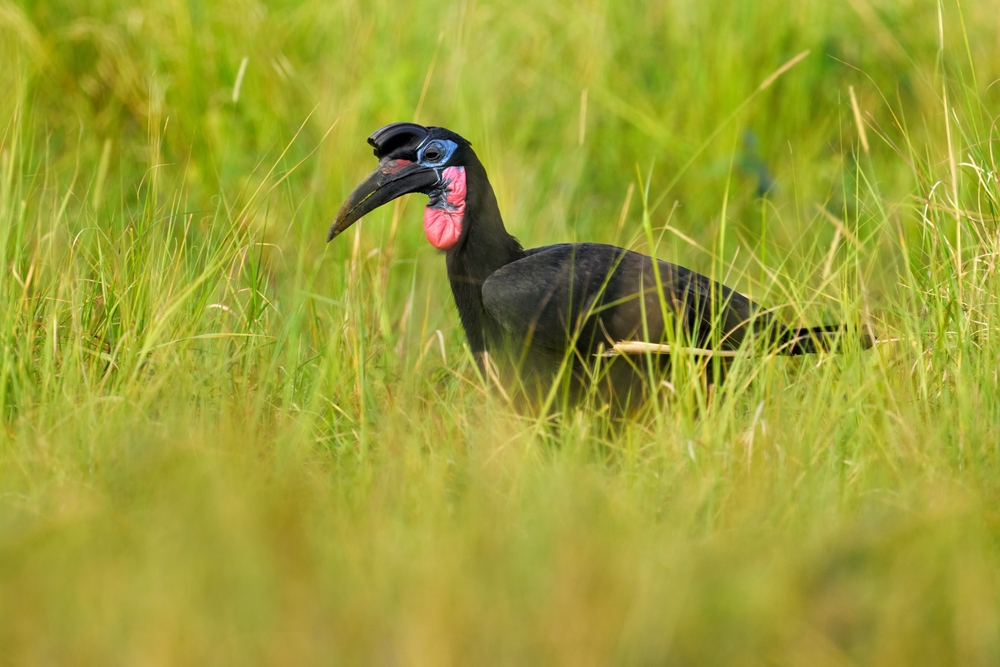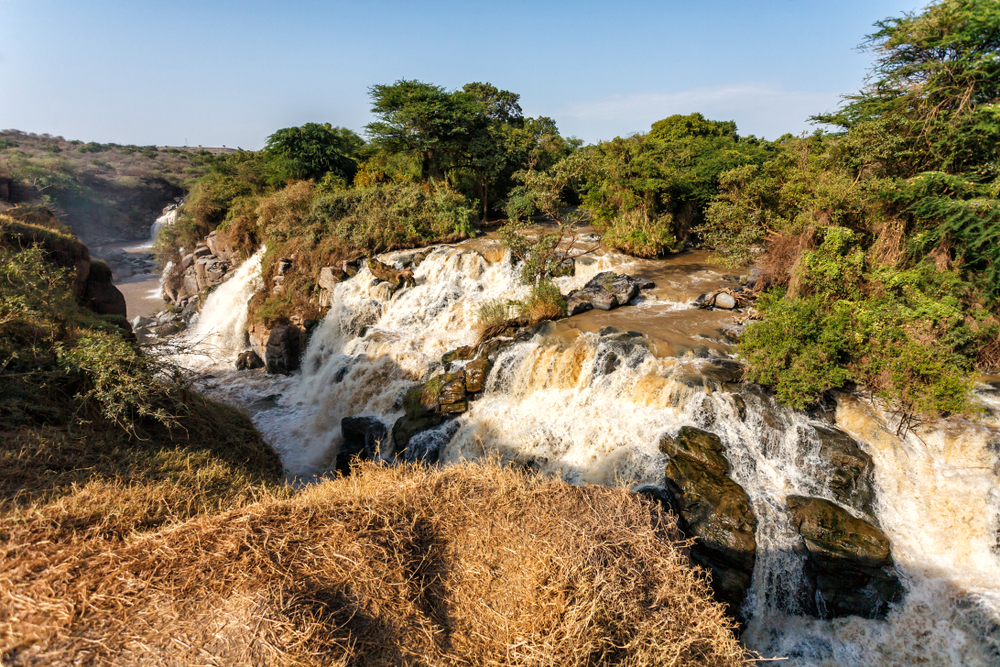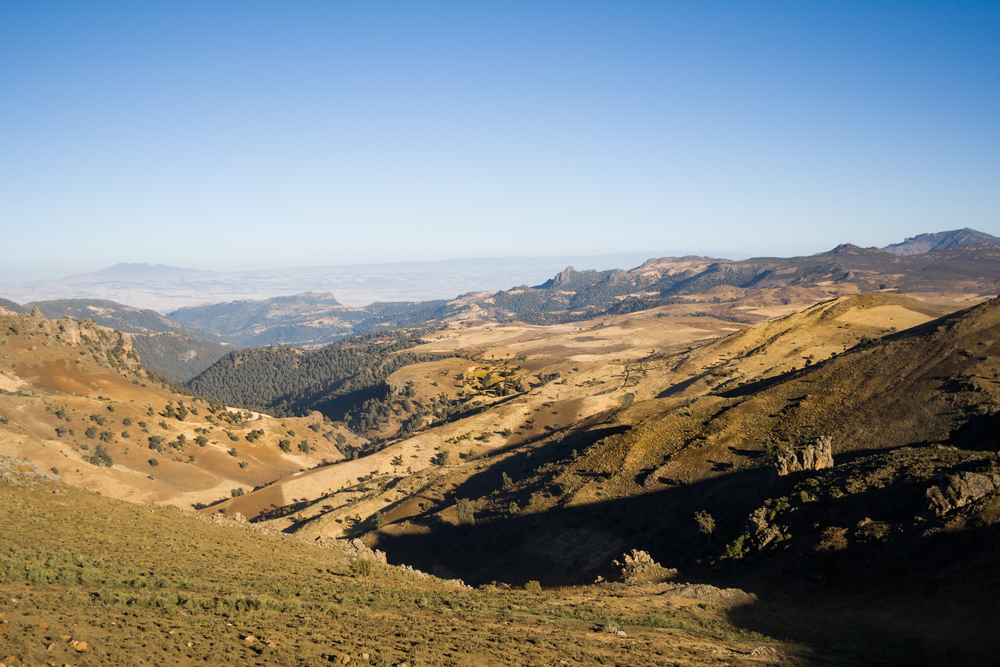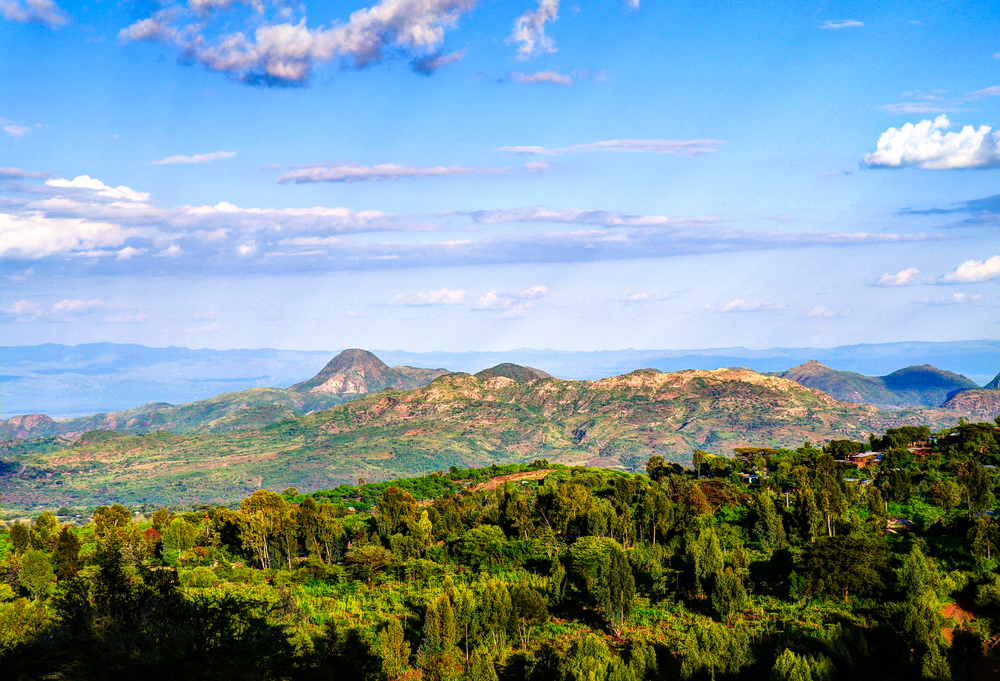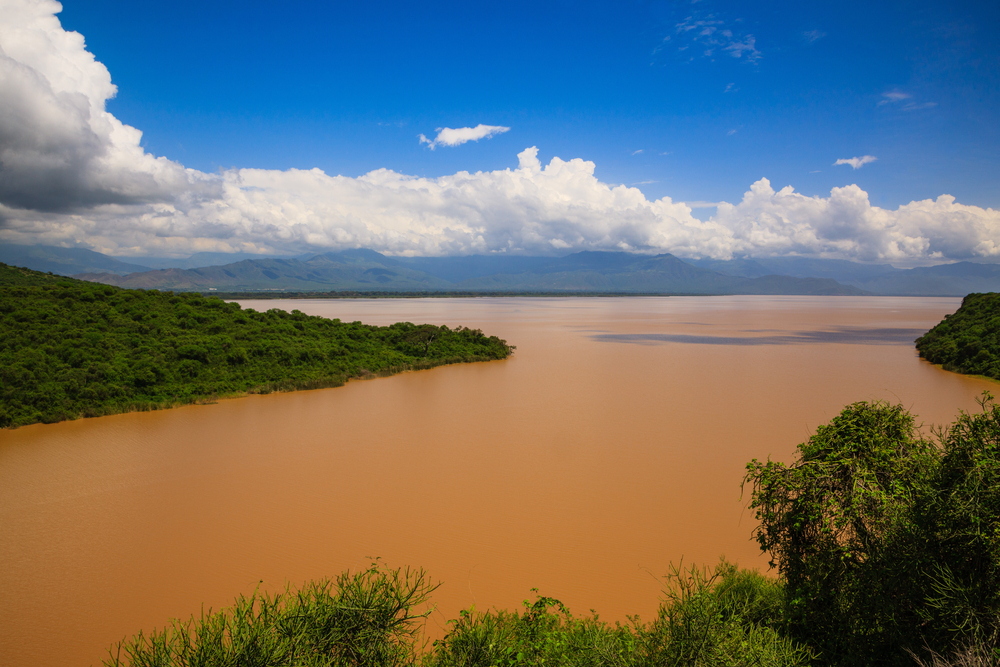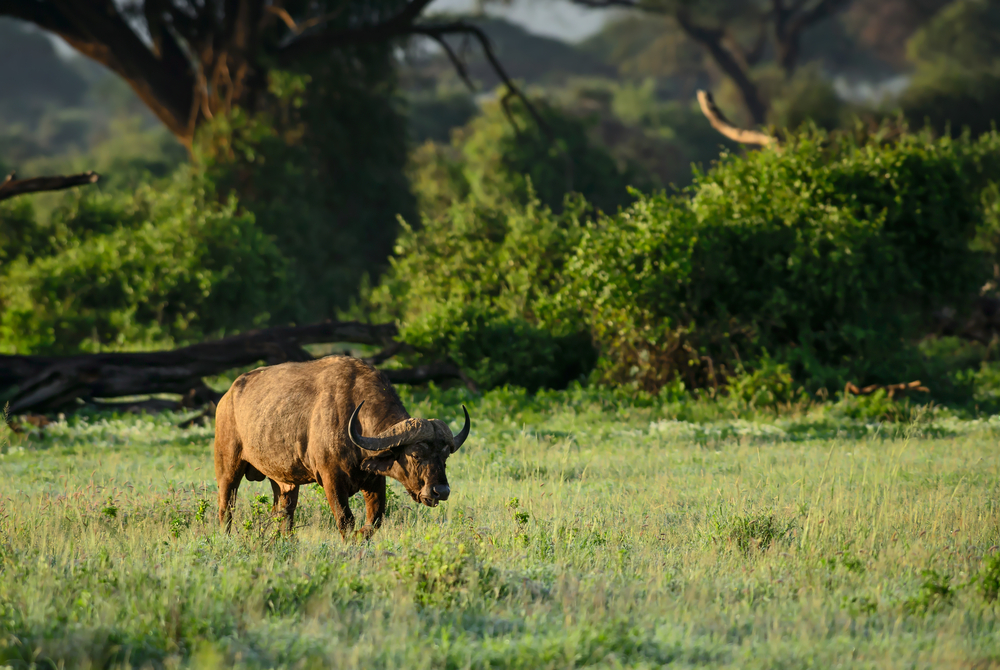Kafta-Shiraro Overview
Kafta-Shiraro National Park, located in Ethiopia’s Tigray Region, is a significant protected area renowned for its diverse ecosystems and role in preserving key wildlife habitats. Locally referred to as “Kafta-Shiraro Natonal Park”, it spans an impressive 5,000 square kilometers (1,931 square miles), making it one of the largest national parks in Ethiopia. Established in 2007, the park plays a critical role in safeguarding biodiversity and maintaining ecological balance in the region.
The terrain of Kafta-Shiraro National Park is a mix of plains, rolling hills, river valleys, and rugged escarpments. The Tekeze River, one of Ethiopia’s major waterways, flows through the park, creating fertile floodplains and supporting diverse vegetation. The park features a variety of habitats, including savannas, woodlands, and riparian forests. Acacia and fig trees dominate the woodlands, while tall grasses and shrubs cover the plains, creating ideal conditions for wildlife.
Kafta-Shiraro is most famous for its population of African elephants, which migrate seasonally across the Ethiopia-Eritrea border. It is the only known elephant habitat in the northern part of Ethiopia, making it a vital conservation area. Other notable mammals include lions, leopards, hyenas, kudu, and dik-diks. The park is also a sanctuary for birdlife, hosting over 200 species, including Abyssinian rollers, marabou storks, and vultures. Additionally, the park provides refuge for migratory birds, enhancing its ecological importance.
Visitors to Kafta-Shiraro National Park can explore its natural beauty through guided safaris, wildlife observation tours, and birdwatching excursions. The park’s rivers and floodplains offer serene spots for picnics and opportunities to observe aquatic life such as crocodiles and hippos. Hiking and trekking routes allow visitors to experience the park’s diverse terrain up close, with panoramic views of the Tekeze River and surrounding landscapes. Cultural experiences with local Tigrayan communities provide insights into their traditions and sustainable resource management practices.
Despite its ecological significance, Kafta-Shiraro National Park faces several challenges. Habitat degradation caused by agricultural expansion, illegal grazing, and deforestation threatens its ecosystems. Human-wildlife conflict and poaching further jeopardize the park’s biodiversity, particularly its elephant population. Conservation efforts led by the Ethiopian Wildlife Conservation Authority (EWCA) and international organizations focus on anti-poaching initiatives, community-based conservation programs, and habitat restoration. Promoting eco-tourism is also a key strategy to support conservation while generating income for local communities.
Kafta-Shiraro National Park is a vital component of Ethiopia’s natural heritage, offering a sanctuary for iconic wildlife and showcasing the country’s ecological diversity. Its vast landscapes, rich biodiversity, and cultural significance make it an important area for conservation and a promising destination for eco-tourism. Protecting Kafta-Shiraro ensures the survival of its unique ecosystems and reinforces Ethiopia’s commitment to biodiversity conservation.








































































